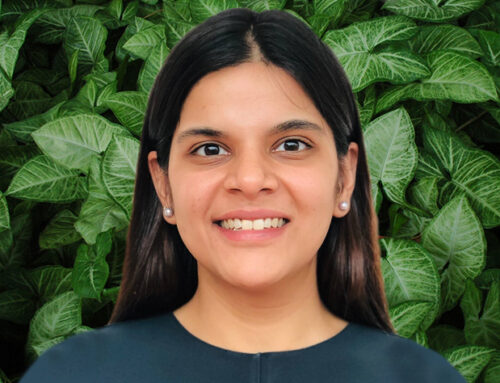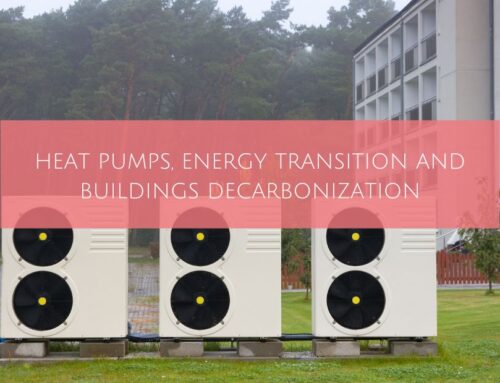Affordable buildings in India are designed for the ideal man – think Brad Pitt or Bollywood’s biggest star, Shah Rukh Khan; and that’s a problem according to Kriti Agarwal.
It means most of the people living in them are overlooked, neglected or under-represented.
This topic is a passion for Ms Agarwal, Founder and CEO of the Centre for Empathic Urbanism, who is working with GBPN to improve urban design standards in India.
 “Our buildings are designed based on the idea of the ‘ideal man’ and the ‘able body’ but this doesn’t exist. Nobody is perfectly fit all the time. If you have a cold or an injury or you’re elderly or pregnant, your physical ability will be impaired – but the building design doesn’t take that into account,” Ms Agarwal said.
“Our buildings are designed based on the idea of the ‘ideal man’ and the ‘able body’ but this doesn’t exist. Nobody is perfectly fit all the time. If you have a cold or an injury or you’re elderly or pregnant, your physical ability will be impaired – but the building design doesn’t take that into account,” Ms Agarwal said.
“With affordable building developments, we’re talking about people from resource poor backgrounds whose growth may be stunted by poor nutrition, who have reduced access to sanitation and healthcare infrastructure and are marginalised by their location in the less desirable parts of the city. We’re talking about women, children, the elderly and people with disabilities.
“We are not building homes for ideal men so why are we designing homes based on those standards?”
Ms Agarwal said some of the buildings the team had inspected required residents to walk long distances or were up to four storeys high with no elevator.
“Can you imagine if you’re an elderly person with arthritis, or a mother, or if you’re a child with a broken leg needing to go to school and you’re living on the fourth floor?” she said.
“You will avoid going out and combine four or five tasks into one so you can get them over with and only have to make that trip once. As a result of this, you’ll be isolated and have restricted mobility – further limiting your access to resources.”
Ms Agarwal said understanding the actual needs of the diverse groups of people inhabiting the buildings was an important first step to ensuring that India’s sustainable building guidelines were adding value to their lives.
Identifying the issues
Ms Agarwal is working on a GBPN project to assess the current Housing and Urban Development Policy in India and provide updated guidelines that will see building standards change. No longer will an ‘ideal man’ be the benchmark for decision-making. Instead, the unique challenges and needs of a diverse range of actual residents will form the basis of recommendations.
The team, which includes Ashok B Lall Architects, will:
- Create the criteria to define what a healthy building is.
- Review the existing regulations and guidelines to see where the gaps are.
- Make recommendations to improve the regulations.
As part of the process, Ms Agarwal, will consult directly with residents and conduct an analysis of existing housing challenges.
“We will be talking to men and women, as well as groups of people of a variety of ages – including the elderly and teens – to understand their unique challenges and needs,’ she said.
Find out more about the goals and activities of the Healthy Buildings project in India.
Share This Story, Choose Your Platform!
Stay in touch with how we’re transforming the buildings sector
GBPN runs innovative building policy reform programs in key regions around the world that aim to tackle the climate emergency by decarbonising the buildings sector. Stay up to date with our newsletter.
Stay in touch with how we’re transforming the buildings sector
GBPN runs innovative building policy reform programs in key regions around the world that aim to tackle the climate emergency by decarbonising the buildings sector. Stay up to date with our newsletter.







